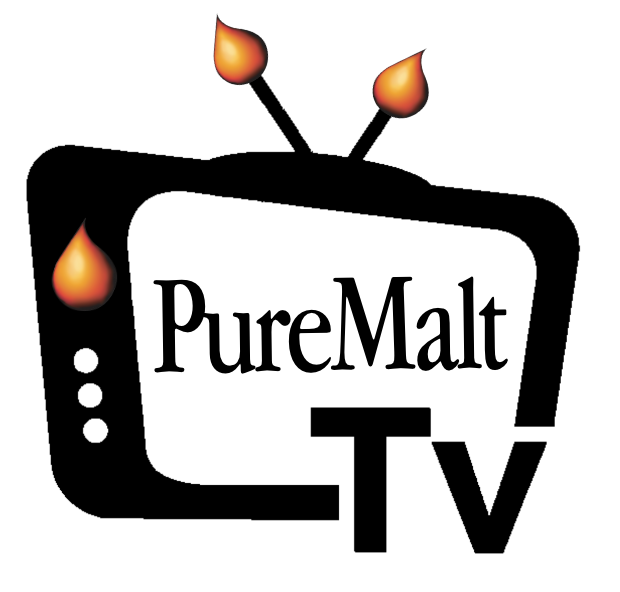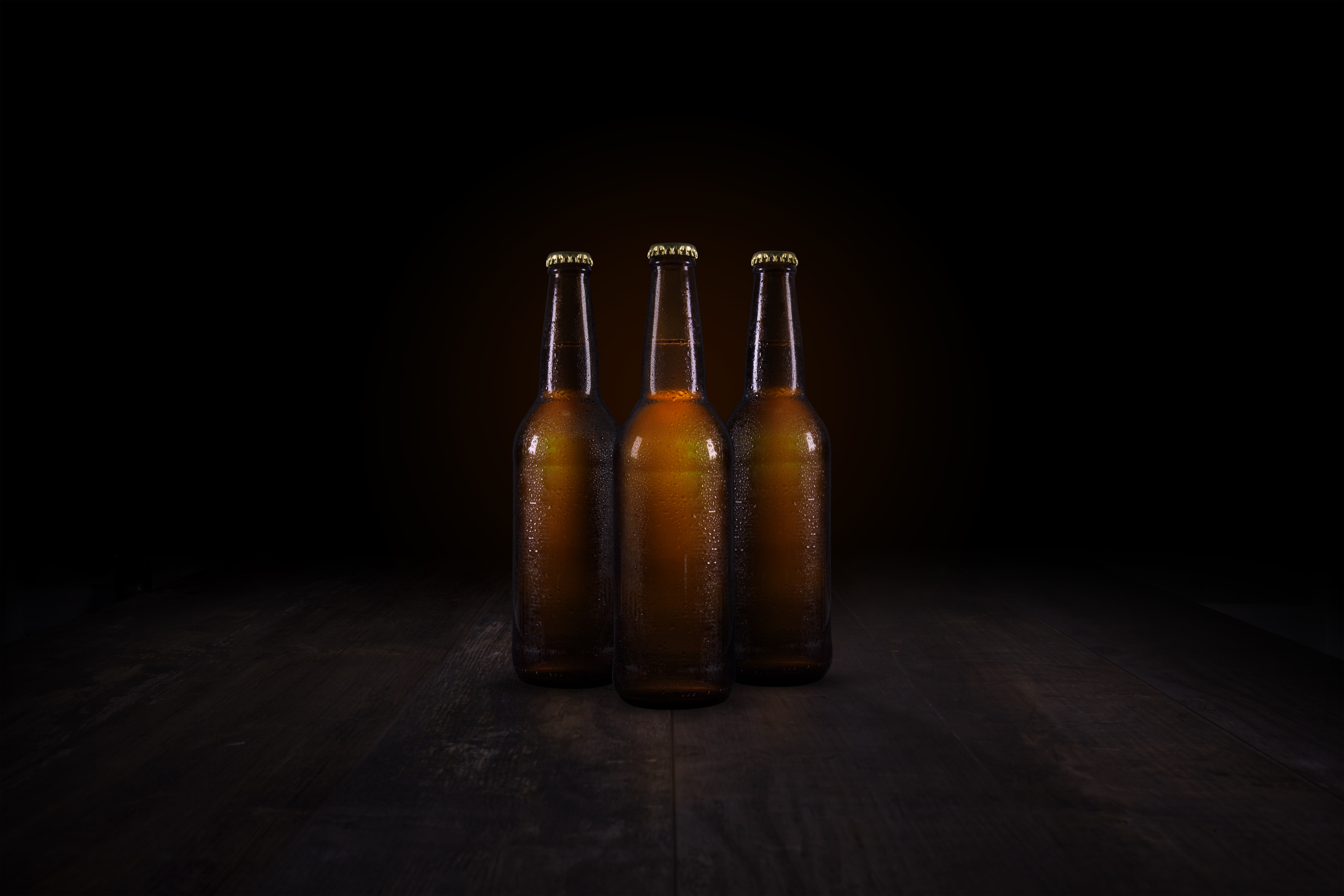Watch our first webinar in the Instant Innovation Series - '0.0% Alcohol-Free Beer'
In this webinar we present the current market trends in 0.0%, discuss production techniques available to manufacture 0.0% beer, followed by the launch of our ZEBRA product and concluding with a virtual tasting of some 0.0% sample beers.
0.0%
Market Trends
- One in fifteen beers sold is now considered to be alcohol-free
- 32% of new product launches in the brewing category (2019) came from alcohol free beer
- Alcohol-Free is one of the fastest growing trends in the beverage industry.
- With the market projected to be worth £25BN by 2024 and 60 million hectolitres sold last year, brewers are constantly looking for solutions to create highly drinkable and session-able alcohol-free beers.
- 5% CAGR (2017-2024)
Alcohol-free beer transitioning from ‘drivers drink’ to ‘hip and healthy’
Production Techniques
- The brewer no longer must invest large sums of capital in dealcoholisation technology
- It is possible to create highly drinkable results using fermentation techniques and liquid malt concentrates.
Vacuum Distillation
- A thermal separation technique that utilises the boiling point of a liquid to separate valuable materials from a combined state.
- In alcohol-free beer this means removing the alcohol (which has a lower boiling point) than the remaining beer solution.
Positives
-
- Utilise existing beer streams
- Produces a result at <0.05% abv
Negatives
-
- Requires large CAPEX injection
- Requires new operator skills
- Requires minimum batch quantities
- Can impact flavour quality
- Produces an effluent stream
Membrane Dealcoholisation
- Membrane dealcoholisation is a physical separation technique that harnesses reverse osmosis to separate materials across a semipermeable membrane.
- In the case of alcohol-free beer this means removing the alcohol and some water whilst leaving behind a remaining solution of carbohydrates, proteins and minerals essential to the flavour and body of the beer.
Positives
-
- Utilises existing beer streams
- Produces a result at <0.5% abv
Negatives
-
- Requires large CAPEX injection
- Requires new operator skills
- Requires minimum batch quantities (>50HL)
- Can impact flavour quality
- Produces an effluent stream
- Requires blending to reach final product specification
Arrested Fermentation
Arrested fermentation can be utilised in two ways:
- Technique 1: Limit the attenuation capacity of a yeast strain through the application of physical conditions (i.e. temperate and pressure).
- Technique 2: Select a yeast strain with specific metabolic properties to suit your target fermentation profile.
Both techniques can be used to limit the production of alcohol making them interesting for alcohol-free beer applications.
Positives
-
- Effective at reducing wort flavour character
- Good results without CAPEX
Negatives
-
- Inherently inconsistent batch-to-batch
- Utilises fermentation capacity
- Requires full wort production and brewhouse processes
- Introduces microbiological contamination risks
- Not possible to guarantee 0.00% abv
Malt Extract
- All beers are brewed from malted cereals (and adjuncts) in the brewhouse. Malt extracts follow the same traditional processing just without alcoholic fermentation.
- With the same raw materials and no alcoholic fermentation refined malt extracts can produce drinkable results when used to make alcohol-free beers
Positives
-
- No conflict with brewhouse capacity
- Produces result at 0.00% and 0.5% abv
- No batch size constraints
- Rapid NPD timelines
Negatives
-
- May introduce sweetness and ‘worty’ flavour character
- Not brewed at your brewery but still made traditionally
PureMalt introduce ZEBRA - check out our  page for more information and our product promotional video
page for more information and our product promotional video
ZEBRA
- From our new brewhouse we introduce our latest product ‘ZEBRA’. ZEBRA is an effective result of over 20 years of learning since PureMalt started developing products for non-alcoholic beers.
- ZEBRA is the new arrival in line with zero alcohol base, it is a refined pale malt concentrate, specifically designed for 0.0% beer.
- The biggest challenge has always been achieving a clean and crisp malt profile, with Zebra we think we are close to solving the issue of ‘worty’, cereal and green flavours in 0.0% beer. We have found what we feel is a clean crisp malt base, providing a perfect foundation for you to flexibly design and craft your own 0.0% products.
Demonstration ZEBRA Lager
Evidences a premium lager feel with a golden colour, base component of ZEBRA + CB400/65 allowing us to lift the colour to around 8.5 EBC whilst maintaining a clean pale malt profile.
AROMA – More beer like than previous iterations, aroma of hops from TNS coming through.
TASTE – Clean, crisp, refreshing, balanced bitterness at 25 IBUs Zebra providing plenty of body and mouthfeel. Simulating the drinking experience of a regular beer.
Demonstration ZEBRA IPA
Malt build of Zebra + CB400/65, increased dark crystal malt concentrate (CB400/65), lifting colour to 16 EBC, golden amber colour typical of IPA.
AROMA – Fruity and floral dry hop aroma.
TASTE – Increased addition of Zebra reinforcing the clean base increase of CB400/65 brings in complexity of distinct dark crystal malt, rich caramelised flavour with a dry finish. Bitterness at 33 IBUs to enhance the IPA character.
Demonstration ZEBRA STOUT
Complex malt build, Zebra and CB400/65 bringing in the base crystal malts as well as 2 of our roasted malt concentrates, RB Smooth bring roasted chocolate notes with RB 1500/45 providing the typical dark stout colour at around 90 EBC.
AROMA – Roast malt aromas, vanilla, and coffee notes.TASTE – Chocolate/coffee notes, smooth roast malt profile. Balanced bitterness 26 IBUs, good body and mouthfeel supported by PureMalt ZEBRA.
Webinar Materials:



Watch Next:
Premium Pilsners
Blondes, Bocks & Bitters
Dark, Schwarz & Stouts
Brewmasters Virtual Roundtable
If you require further information please feel free to get in touch by using our  form.
form.
We hope you find our webinars useful!



